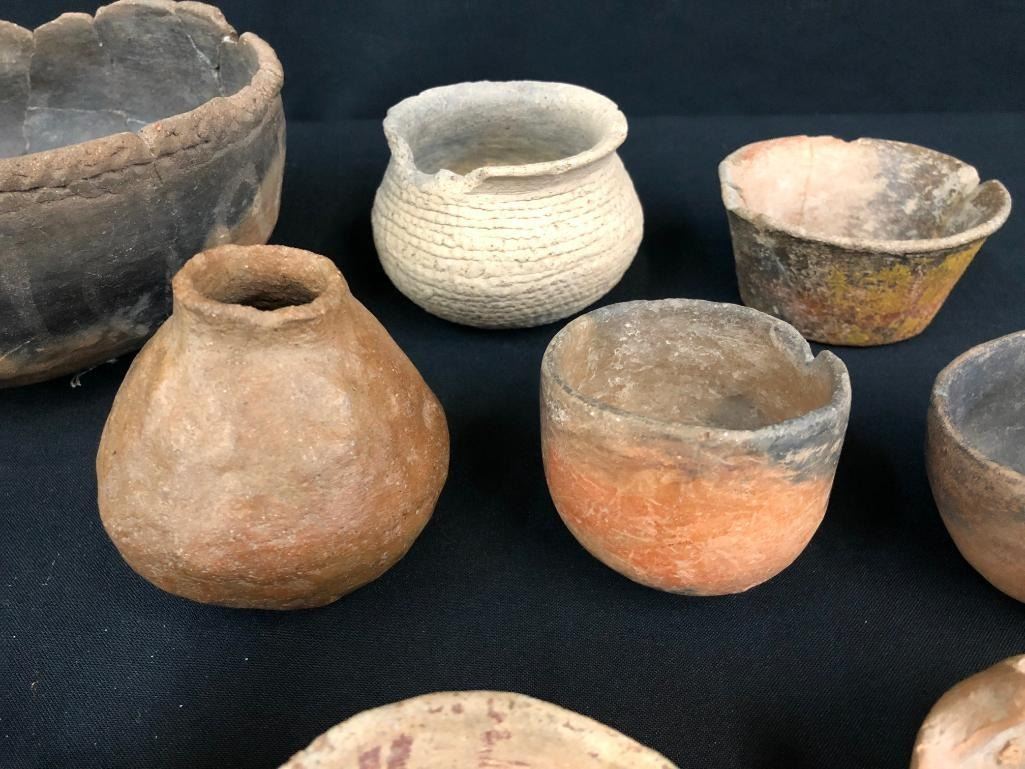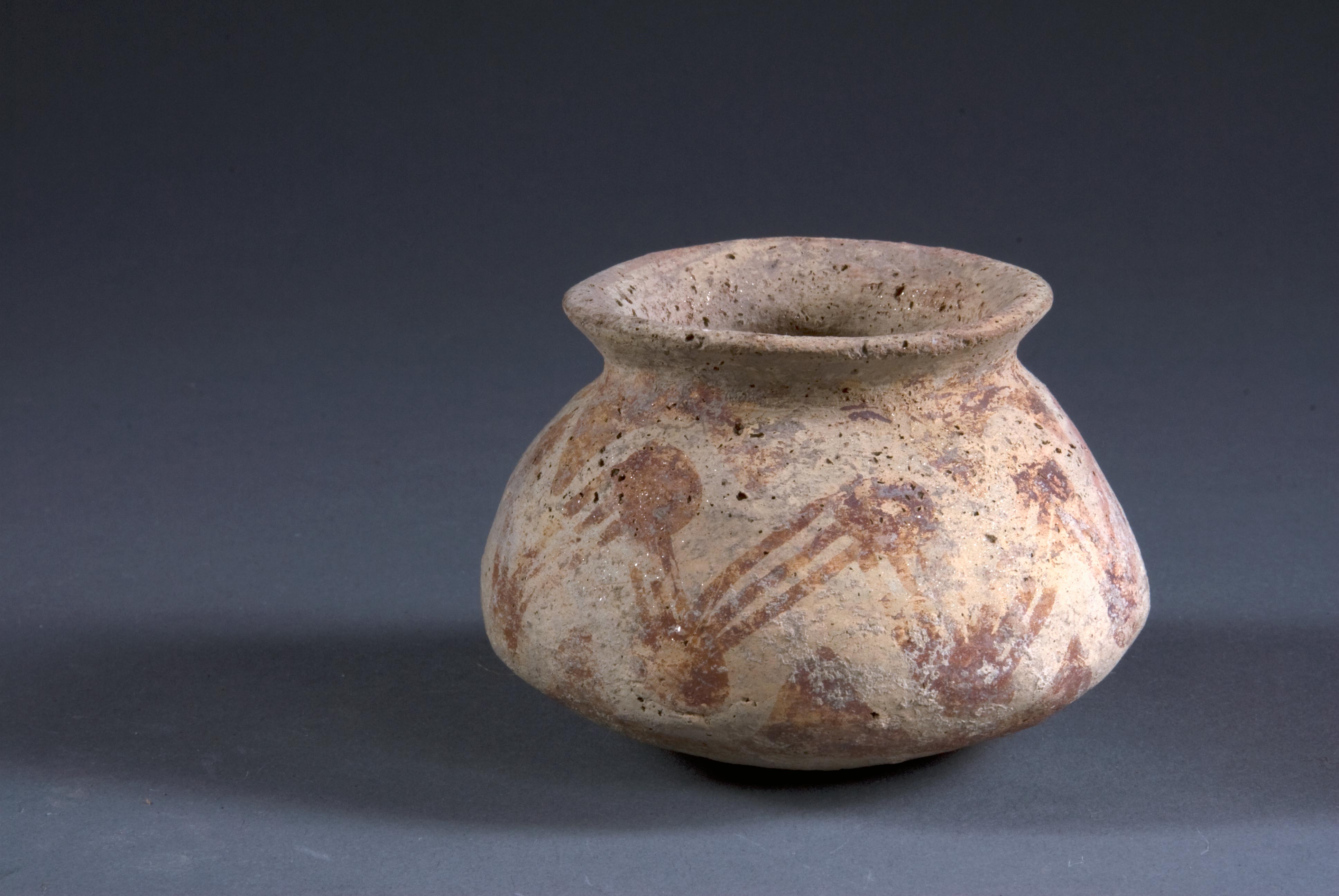
Whatever the answer, however, people remained, descendants of whom include the Pima and Tohono O'odham of southern Arizona.

Why this once-flourishing cultural pattern came to an end remains a mystery. Hohokam farmers truly had mastered the desert, in the sense that they were able to successfully grow crops in the same locations for hundreds of years and create a large, well-organized, prospering society. 1100s through 1400s, there were tens of thousands of Hohokam people living in large villages scattered throughout the Phoenix and Tucson basins. At the cultural peak of the Hohokam in the “Classic” period of the A.D. The Hohokam represent one of the largest and most complex societies in the Southwest. When the Hohokam built their permanent dwellings, the desert did not give them much choice regarding building materials. Hohokam villages also show that society was organized in a hierarchical fashion. Unlike ancient pueblo towns, which often were abandoned after a few decades, some Hohokam villages were continuously occupied for up to 1,500 years or more. Hohokam villages are remarkable in the ancient Southwest for their stability. Later, the low circular mounds were replaced by much larger, rectangular “platform mounds” of earth, rock, and adobe covered with structures and courtyards built on top. Early in the Hohokam cultural sequence these consisted of ball courts and small, low, circular mounds made of earth. The Hohokam of central Arizona left behind evidence of a culture markedly different from and more complex than the small communities of Oodham farmers first encountered by Europeans in the sixteenth and seventeenth centuries A.D. Within the villages were monumental public works. 1100s through 1400s, there were tens of thousands of Hohokam people living in large villages scattered throughout the Phoenix Basin. At the cultural peak of the Hohokam in the Classic period of the A.D. Accompanying the canals were extensive villages that covered hundreds of acres and were occupied by several hundred people. The Hohokam represent one of the largest and most complex societies in the Southwest. Not even the complex societies in Mesoamerica had such extensive irrigation canals. In fact, the Hohokam had the largest and most complex irrigation systems of any culture in the New World north of Peru. This prehistoric group may have occupied southern Arizona as early as 2000 BCE, and in the Early Agricultural Period grew corn, lived year-round in sedentary. The Hohokam are probably most famous for their creation of extensive irrigation canals along the Salt and Gila rivers.

During this time, they achieved remarkable successes.

1450, barely 90 years before Spanish explorers arrived in the Southwest. The Hohokam were, in the words of archeologist Emil Haury, “masters of the desert.” Their cultural pattern existed from the first years A.D.
Hohokam band how to#
COVID-19 Portal While this global health crisis continues to evolve, it can be useful to look to past pandemics to better understand how to respond today.Student Portal Britannica is the ultimate student resource for key school subjects like history, government, literature, and more.This Time in History In these videos, find out what happened this month (or any month!) in history.#WTFact Videos In #WTFact Britannica shares some of the most bizarre facts we can find.Demystified Videos In Demystified, Britannica has all the answers to your burning questions.They produced buff, brown, and red-painted pottery using the paddle-and-anvil technique.

They built extensive networks of irrigation canals along the Salt and Gila Rivers. Britannica Classics Check out these retro videos from Encyclopedia Britannica’s archives. The Hohokams grew maize, squash, cotton, beans, agave, and tobacco.1450, the Hohokam used water from the Salt River to irrigate over 110,000 acres in the phoenix area. By the end of the Classic Period, circa A.D. Individual canals measured up to 45 feet across and 15 feet deep and used advanced engineering principles. Britannica Explains In these videos, Britannica explains a variety of topics and answers frequently asked questions. The Hohokam built the largest irrigation systems in the prehistoric New World.


 0 kommentar(er)
0 kommentar(er)
